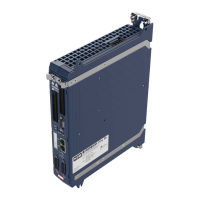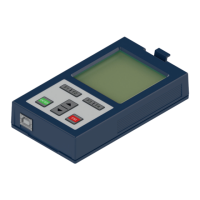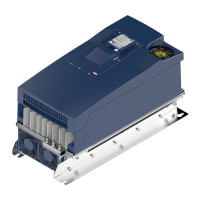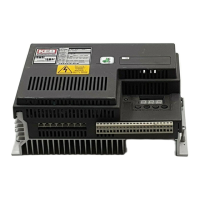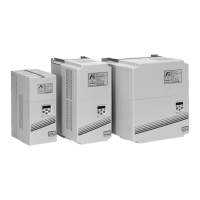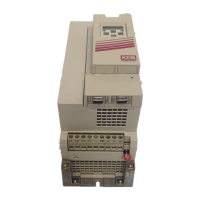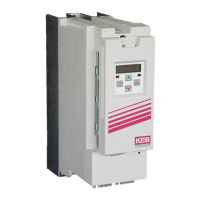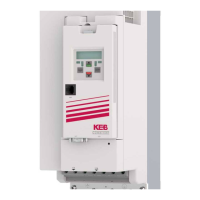Resolvers with pole pair number 1 (i.e. 2-pole) can be used for motors with any
pole pair number.
If the number of pole pairs is greater than 1, the number of pole pairs of the motor
and resolver always match. Here the resolution is higher than for resolvers with
pole pair number 1.
Operation is also possible if the number of pole pairs of the motor is an integer
multiple of the number of pole pairs of the resolver. Whereby: The larger the factor
PPZ motor / PPZ resolver factor, the lower the resolution of the position.
Position of the zero signal ec31 zero pulse pos.
The encoder detection is active after the initialization of encoders which (could)
have a zero signal. This is displayed in ec17 detected encoder type with "1: en-
coder identification running".
After the first zero signal has been passed, the position of the zero signal is calcu-
lated and then displayed in ec31 when the encoder detection has been completed,
i.e. ec17 displays the detected encoder type.
The position of the zero signal is defined as the distance between the position
when switching on (i.e. where ru33 = 0) and the "zero point" of the encoder, e.g.
the zero signal or the first reference mark.
It is calculated from the zero signal that is first passed after switching on (or error
reset).
The resolution of this value is in increments (= number of signal periods x 4), i.e.
different from ru33!
➢ Rotary encoder
Here the reference point is the zero signal. The position of the zero signal is always
indicated in positive direction of rotation, i.e. it is always positive.
Example:
The device is switched on with a TTL encoder with 1000 signal periods per revolu-
tion. The position value after switching on for non-absolute encoders is always 0.
The encoder is at an angle of rotation of 300°, so the zero signal is 60° in positive
direction of rotation.
When the encoder detection is finished after the drive has started, the value of
ec31 (the position of the zero signal in encoder increments) is 667, i.e.:
ec31 = ec29 ∙ 4 ∙
60°
360°
= 1000 ∙ 4 ∙
60°
360°
= 667
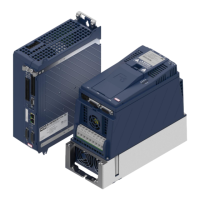
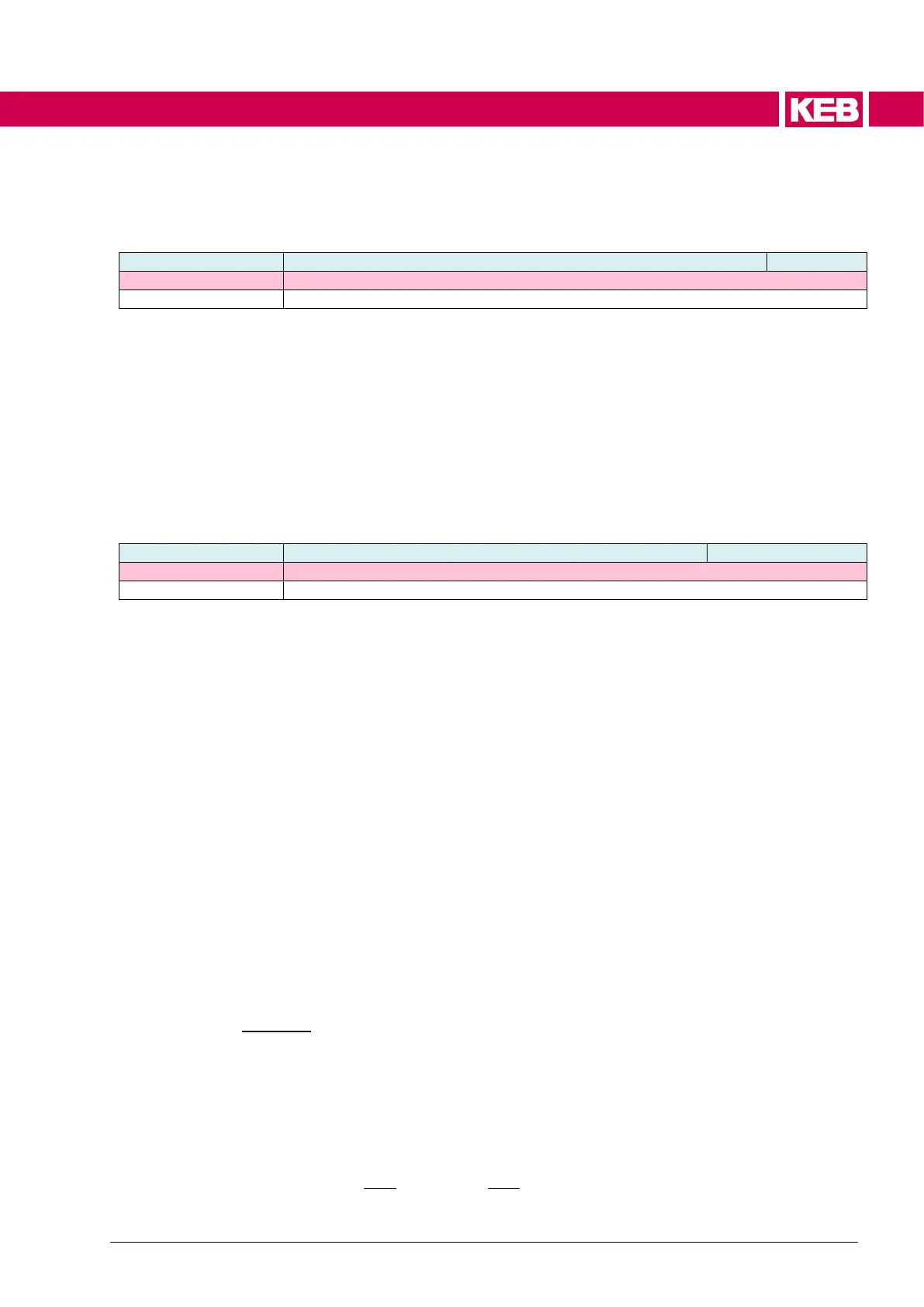